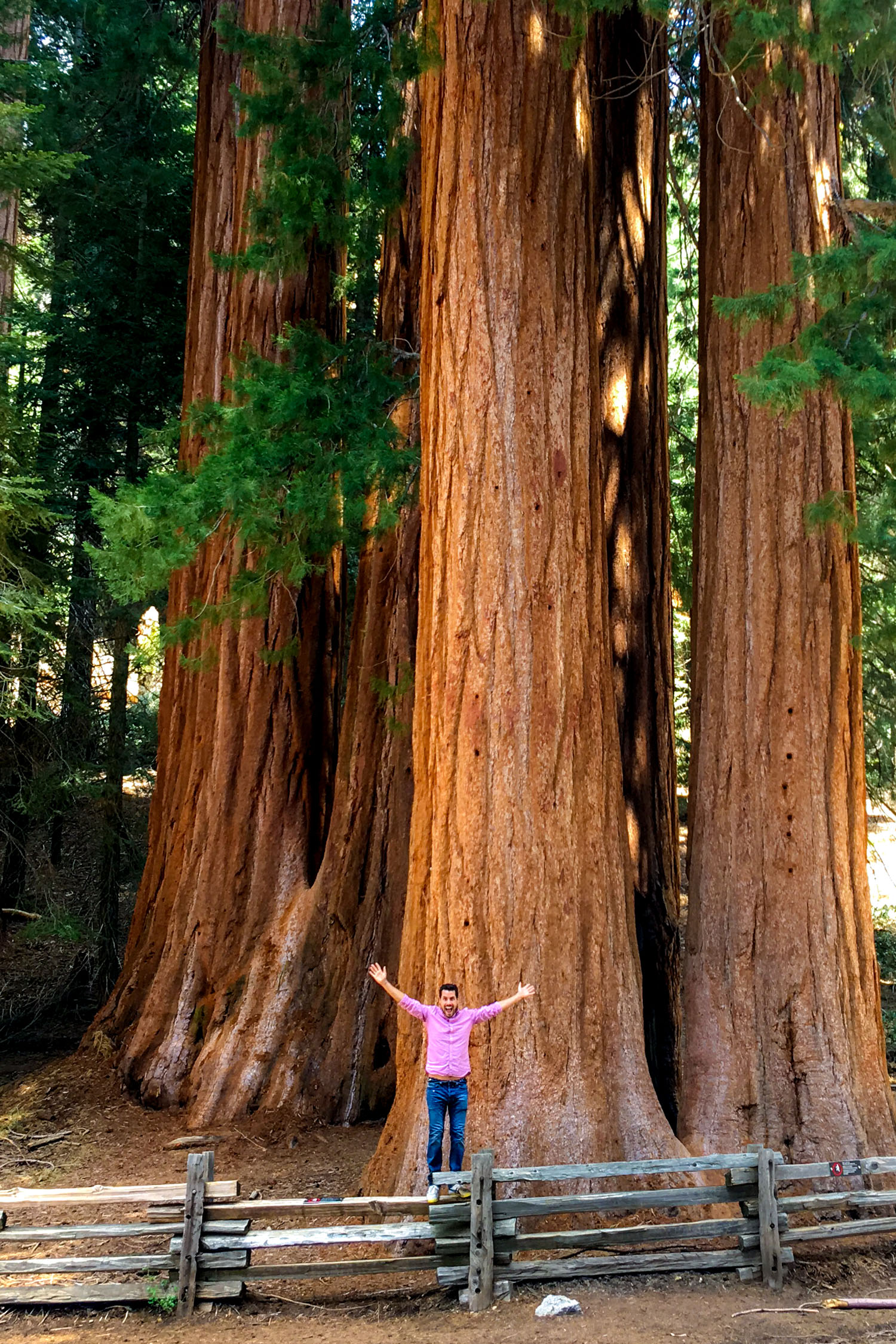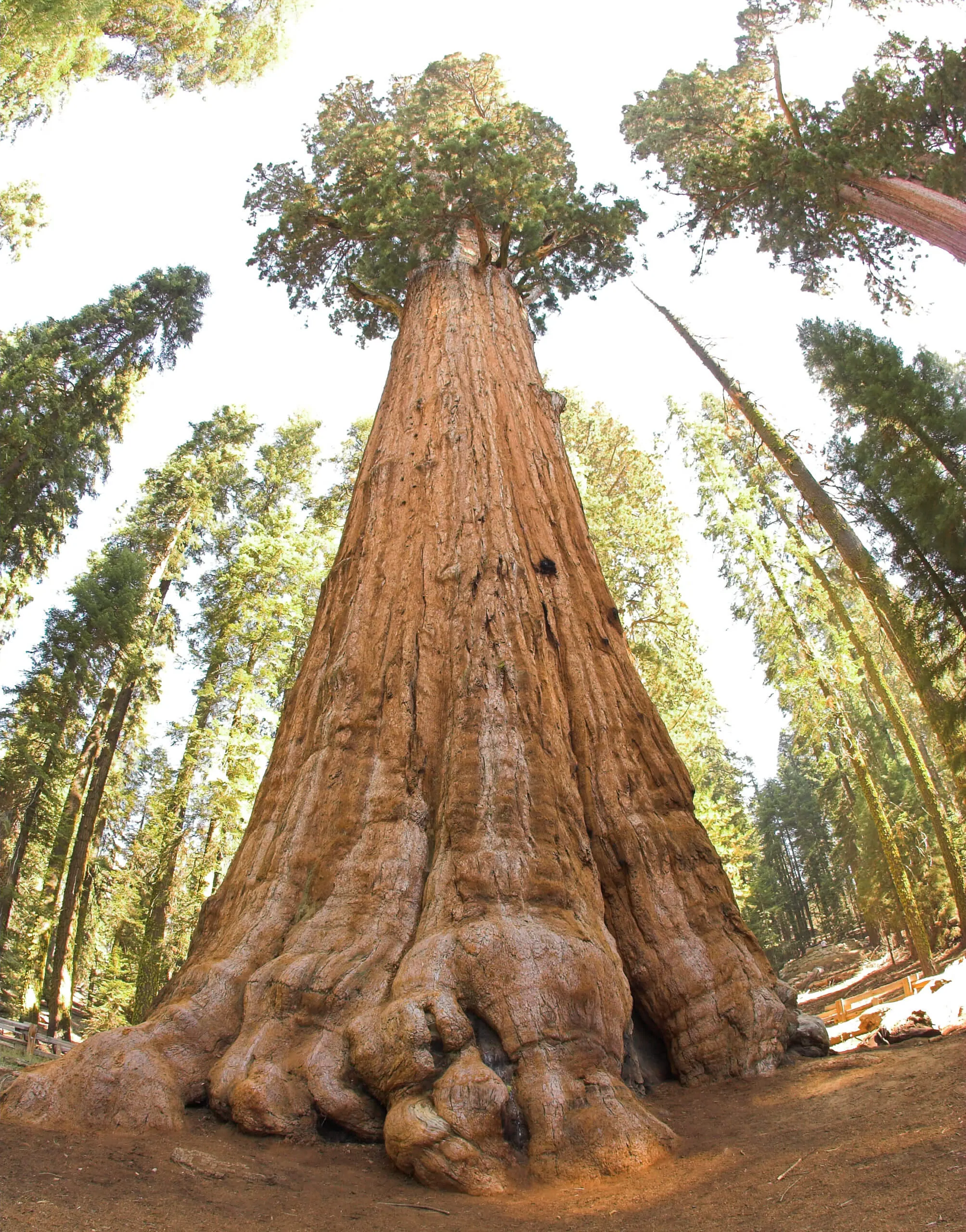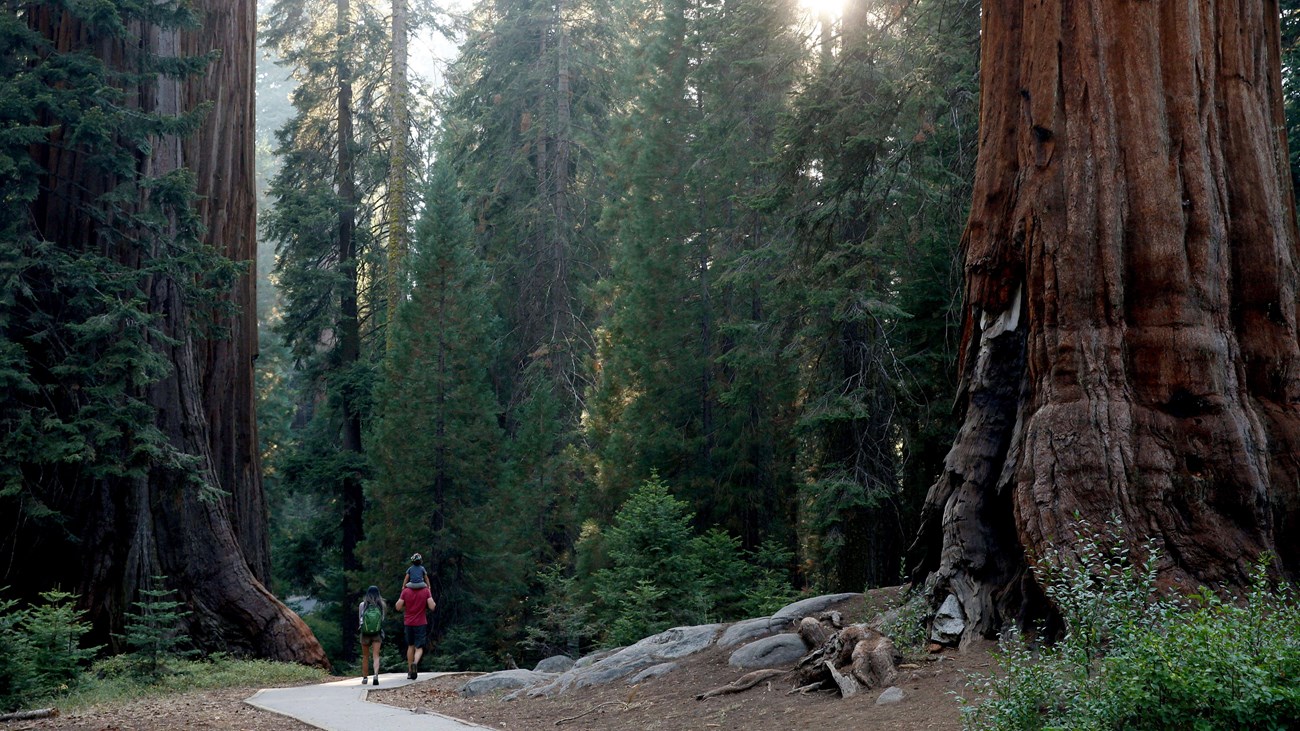Sequoia National Park-- Discover One of California's Many Majestic Parks
Sequoia National Park-- Discover One of California's Many Majestic Parks
Blog Article
Explore the Diverse Wild Animals Habitats Within Sequoia National Forest
Sequoia National Park is an environmental treasure, showcasing an impressive variety of wildlife environments that add to its rich biodiversity. From the majestic large sequoia forests to the varied towering meadows, each setting plays a vital role in supporting different species, consisting of both usual and unusual animals.
Introduction of Sequoia National Park
Sequoia National forest, nestled in the southern Sierra Nevada chain of mountains of California, is renowned for its breathtaking landscapes and looming gigantic sequoias. Developed in 1890, it is among the earliest national forests in the United States, committed to preserving the all-natural elegance and eco-friendly integrity of this one-of-a-kind region. The park incorporates over 404,000 acres of diverse terrain, including magnificent hills, deep canyons, and rich fields.

Visitors can discover countless treking trails, varying from leisurely strolls to difficult backcountry courses, each offering a distinct perspective of the park's majesty. With its combination of natural wonders and leisure opportunities, Sequoia National forest functions as a vital shelter for both wildlife and those seeking to attach with nature.

Major Wildlife Environments
The varied landscapes of Sequoia National forest produce a mosaic of wildlife habitats that sustain a rich variety of species. These environments range from lavish fields and dense forests to rocky alpine areas and large river valleys, each offering unique eco-friendly particular niches.
One famous habitat is the huge sequoia woodland, defined by towering trees and an abundant understory, which supports numerous creatures, birds, and bugs. The mixed conifer woodlands, made up of varieties such as sugar want and white fir, offer added sanctuary and food resources for wildlife.
Meadows and meadows play a critical function in the park's environments, offering as essential foraging grounds for herbivores like deer and small creatures. These open locations likewise attract varied bird species, specifically during migration periods.
The park's higher altitudes feature alpine habitats, where problems are severe and varieties are adapted to make it through in such extremes (Sequoia National Park hour). Right here, one can locate special vegetation and fauna that flourish in rough, cold settings
Flora and Animal Variety
Within the diverse communities of Sequoia National forest, an amazing range of vegetation and fauna coexists, showcasing the complex relationships that sustain the park's biodiversity. The park is home to over 1,300 plant types, consisting of the renowned gigantic sequoias, which are among the largest and earliest trees in the world. These impressive trees offer essential environment and food sources for various wild animals, cultivating an intricate internet of eco-friendly interactions.
Pet types in Sequoia National Park are similarly varied, with environments varying from lowland foothills to high alpine settings. Creatures such as content black bears, mule deer, and bobcats thrive in this rich ecological community, while avian varieties, consisting of the stunning golden eagle and the elusive discovered owl, grace the skies. Amphibians and reptiles, like the Sierra newt and the western rattlesnake, likewise play essential roles in maintaining ecological equilibrium.
The park's one-of-a-kind mix of altitude slopes and microclimates sustains these different types, highlighting the value of maintaining the all-natural environments that allow such a rich tapestry of life to thrive. Comprehending this diversity is important for valuing the environmental relevance of Sequoia National forest.
Conservation Efforts in the Park
Preservation initiatives in Sequoia National forest play a crucial role in safeguarding its unique ecosystems and the diverse varieties that populate them. The park employs a multifaceted approach, consisting of environment remediation, types checking, and intrusive types management. These initiatives are crucial for preserving the delicate equilibrium of the park's ecological communities, which consist of large sequoias, fields, and alpine environments.
Energetic reconstruction projects concentrate on restoring native plant areas and refurbishing degraded environments. Sequoia National Park hour. This is particularly vital in locations affected by human activity or all-natural disturbances such as wildfires. The park's biologists perform routine monitoring of essential varieties, including the jeopardized Sierra Nevada bighorn sheep, to assess population wellness and notify monitoring techniques
Intrusive varieties pose a significant risk to the park's biodiversity. With these extensive efforts, Sequoia National Park aims to safeguard its rich natural heritage for future generations while ensuring the resilience of its varied wild animals environments.
Tips for Wildlife Observation
Observing wildlife in Sequoia National forest supplies an one-of-a-kind possibility to attach with nature and value the diverse types that flourish in this amazing habitat. To optimize your wild animals monitoring experience, think about a number of necessary pointers.
First of all, plan your go to throughout very early morning or late afternoon, as these times are most active for several pets. Bring binoculars to observe wildlife from a secure range without disrupting their all-natural habits. Additionally, acquaint on your own with the varieties you intend to see; comprehending their habits and environments can improve your opportunities of identifying them.
Persistence is essential; wild animals monitoring frequently requires waiting silently and recognizing your surroundings. Remain on designated routes to lessen your influence on the ecological community and guarantee your safety. It is additionally a good idea to preserve a respectful distance from pets, preventing any actions that might emphasize them or disrupt their setting.
Lastly, take into consideration signing up with directed scenic tours led by experienced park rangers. These specialists can supply useful understandings and enhance your opportunities of witnessing wild animals in their all-natural setups. By following these ideas, you can improve your experience and add to the preservation of Sequoia's wildlife.

Verdict
Sequoia National Park offers as an essential haven for varied wild animals, showcasing an impressive array of environments that support many species. Eventually, the park's biodiversity emphasizes the value of maintaining such natural landscapes for future generations.
Please visit one of our local supporters - Wholesale Liquidation Pallet Dewalt Tool Packs
Report this page